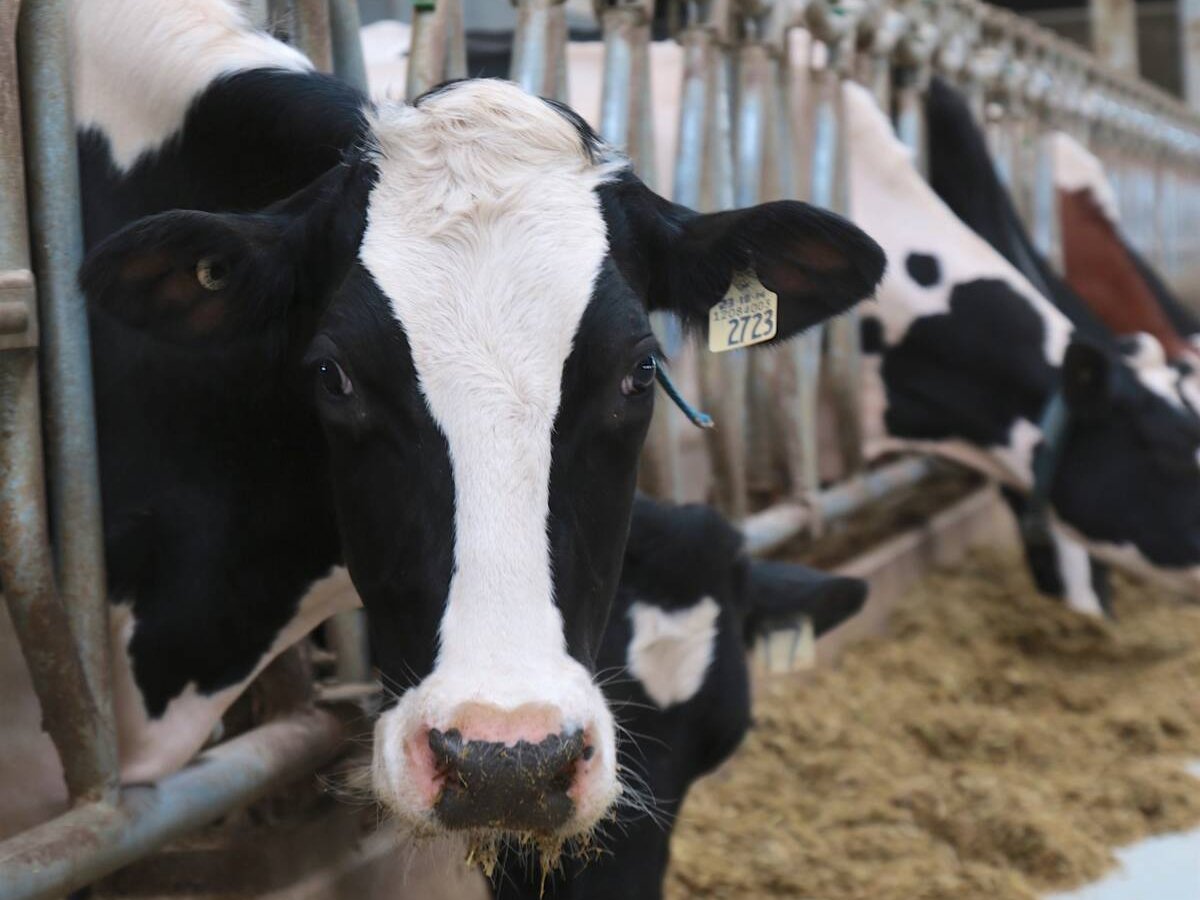An agricultural think-tank study says Nova Scotia hog producers are missing an opportunity to get higher value products on store shelves by not collaborating with other value chain players.
The study from the George Morris Centre said the industry emphasis should be on market value for product rather than production costs.
But a leading Nova Scotia hog producer says that kind of advice is too little and too late for the province’s beleaguered farmers.
Herman Berfolo, a producer from Stewiake, N.S., and a member of the Pork Nova Scotia board, said access to more shelf space for higher value cuts is a bandage for a bleeding industry.
Read Also

The Organization for Economic Co-operation and Development lauds Canada’s low farm subsidies, criticizes supply management
The Organization for Economic Co-operation and Development lauded Canada’s low farm subsidies, criticized supply management in its global survey of farm support programs.
“This is not a bad idea and we are looking at some value-added ideas with some retailers to get our product on the shelf,” he said. “But the bigger issue is will our industry come back? I don’t know. It has been decimated.”
Berfolo said a provincial industry that recently produced 240,000 or more market hogs will produce just 7,000 or 8,000 this year.
The number of producers has fallen to 10 or fewer from several hundred.
“The problem is that in the whole equation, there is enough money in the chain and other links are making money but it isn’t evenly divided,” said Berfolo.
“At the farm level, we can’t break even and that is the problem. Access to some shelf space for higher valued cuts is not an answer to the larger problem.”
The George Morris study, financed in part by Pork Nova Scotia and published last week, said the hog industry suffers because there is not enough consultation and co-operation between producers, upstream processors and retailers of the product to meet a consumer demand for higher quality products.
Farmers produce and sell it as a low-value commodity when retailers and consumers would be willing to pay more for a pork product.
“The research suggests that the chain could produce pork that offers consumers a higher than usual eating experience,” said the study.
“The majority of consumers currently undervalue fresh pork,” it said. The problem is a lack of collaboration between hog farmers and the people who supply inputs or the companies that buy, process and retail their product.
“Pockets of inefficiency exist in the chain,” said the analysis. “While these issues may not be significant individually, their cumulative impact on the value of the chain’s cost structure is significant.”
The study said the pork product chain has little contact with the consumer. And traditional “deeply rooted structural, cultural and organizational barriers” in agriculture make it difficult for farmers to collaborate with suppliers and buyers in a common cause.
The Guelph study insisted better value-chain planning is a key to better on-farm income.
“This opportunity could be realized by strategically aligning grain, feed and hog production. Currently, only transactional linkages exist between these elements of the chain.”
Berfolo said proposals for change that can bring more money into the sector are fine but for hog farmers selling product at a loss, the biggest challenge is survival.














